
Here we are again at the beginning of another thrilling week of Wild Facts. Although it is a shorter work week, there will be no interruption in animal facts on Friday (or next Monday). To start this beautiful week off, we are going to learn about an animal that I am very familiar with. Growing up on a lake in Northern Ontario provided me plenty of opportunities to view an aquatic rodent called a Muskrat. This aquatic animal from my childhood memories is native to North America but they have also been introduced into Europe, Asia and South America, so maybe you remember seeing these rodents swimming around your house too.
The Muskrat is basically a big mouse that has been built for life in the water. They have a few adaptations that allows them to thrive in their watery world. For starters, they have large hind feet, however, they are not webbed like the Beaver or the Otter. Although they are not webbed, they still provide the Muskrat with an excellent set of paddles for high performance swimming. Next on the list of adaptations is their Gortex-like outer layer of fur. Yup, they have a specialized outer layer of fur that keeps them somewhat dry.
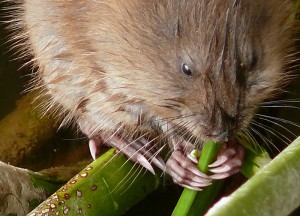
Personally, my favourite adaptation is the development of their teeth which is actually ahead of their cheeks and lips. Basically, they can close their mouth, yet their teeth are still capable of chewing. Not a bad quality for an animal that likes spending time underwater. Mmmm… I wonder if their parents ever gave them trouble for chewing with their mouth open?
The final adaptation we will discuss today has to do with their ability to spend up to 15 minutes underwater. Let’s face it, I can only hold my breath for about 30 seconds so I can’t even imagine being able to stay submerged that long. The Muskrat is able to do it by relaxing their muscles, slowing their heart rate and storing oxygen in their muscles. This incredible ability that would even make Michael Phelps jealous allows the Muskrat to escape predators, find food and swim long distances under the ice.
Muskrat Fast Fact – The name “Muskrat” is derived from two musk glands found near the back-end of this rodent. Although, the pungent odour produced by these glands hasn’t been studied extensively, but scientists believe it helps with communication. Personally, I prefer talking but I suppose creating strong scents could also be effective.
That does it for our Muskrat Monday. Enjoy the rest of your day folks.

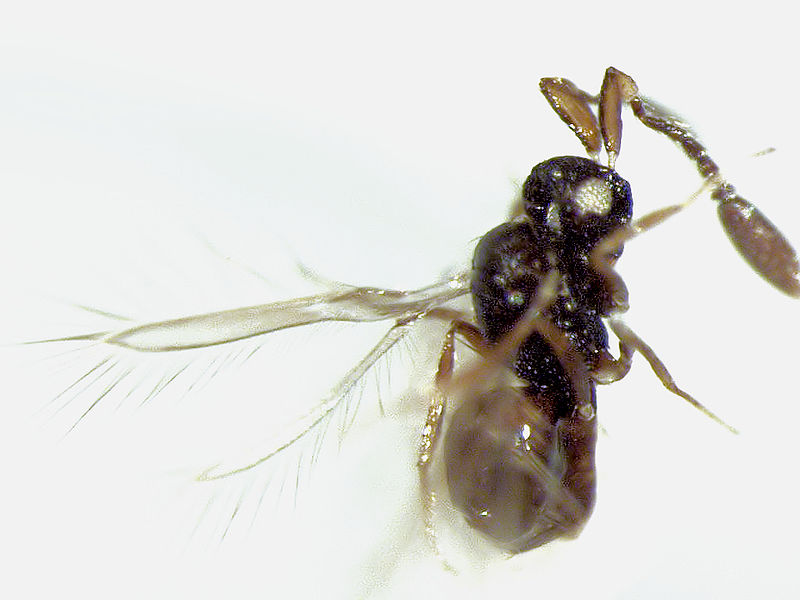
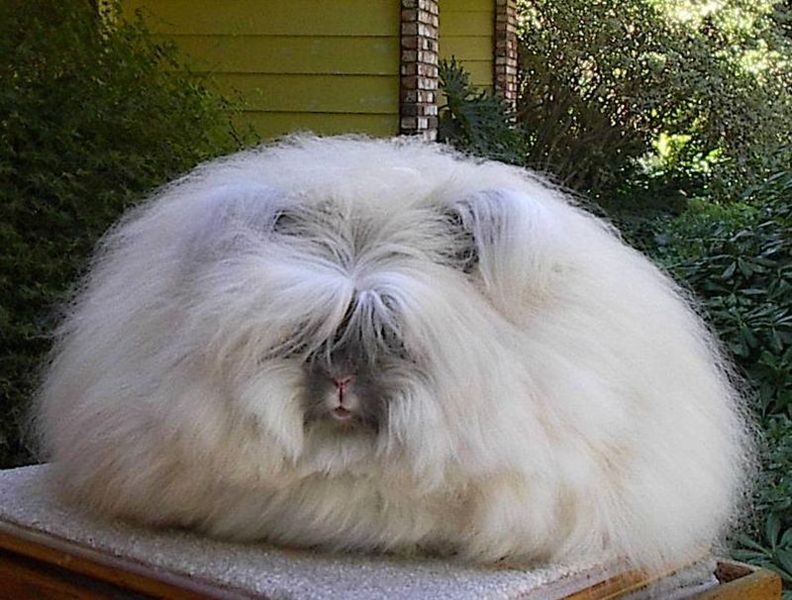
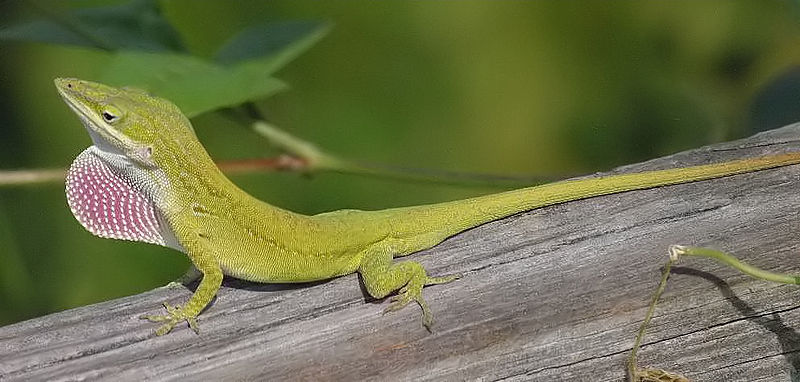
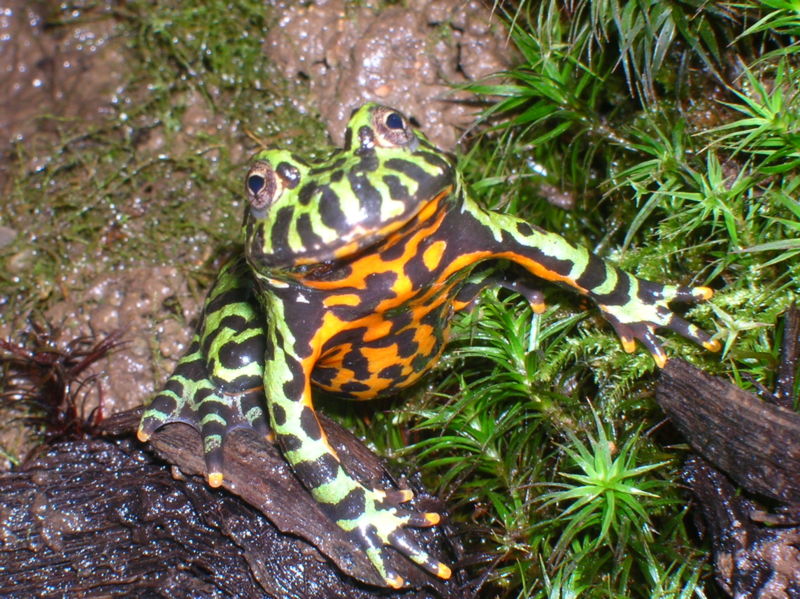
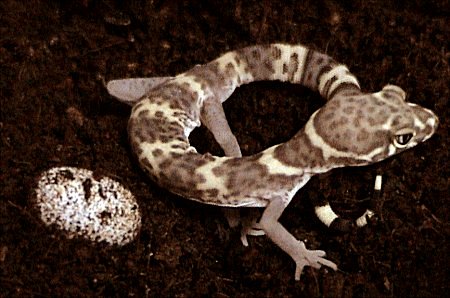
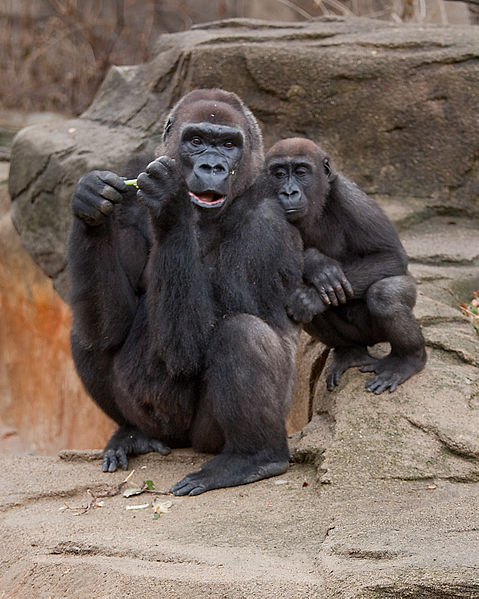
Just came across this article by doing a google image search. I actually took that top photo on a camping trip more than a year ago. Glad you were able to use it!
Hi Dakota,
The picture is incredible! You actually have a lot of nice photos on your site. You have definitely have a talent!
Thank you for letting me use your beautiful muskrat photo to educate the public.
If you would like to see more amazing photos, make sure you check out Dakota’s Nature Photo site at:
http://dakotas-nature-photos.blogspot.com/
Thanks again!